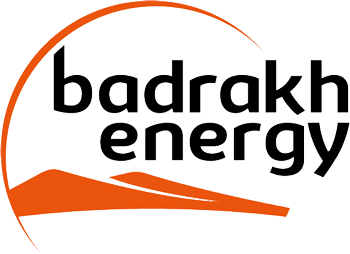Interview with MARC MELEARD, the Executive Director of Badrakh Energy LLC
What emerging technologies do you believe will drive the demand for critical minerals in the coming decade?
The key drivers for critical mineral demand will undoubtedly be climate change and the global energy transition. To combat global warming, we must decarbonize energy production. This means a significant focus on renewable energy and nuclear power, both of which are projected to triple in capacity over the next two decades.
What opportunities do you see for Mongolia in this regard?
When we talk about Mongolia, especially regarding renewable energy, its potential is among the top three in the world. Mongolia is known as the "country of the blue sky," with vast amounts of sunshine and wind, making it ideal for renewable energy development. However, renewable energy sources are intermittent, meaning they're not available 24/7. This is why additional energy sources, which can be activated as needed, must be considered. Nuclear energy, for instance, could be a viable option for providing stable, continuous energy.
What are the principal factors you will consider when making an investment decision for a new critical minerals exploration project?
While uranium is not officially classified as a critical mineral, it is essential for fighting climate change because it's key to nuclear energy production, one of the most decarbonized energy. Our company is not specifically focused on critical minerals; rather, our business in Mongolia is centered on exploring and mining uranium. That said, we are considering resuming exploration activities in the coming years. To meet the growing demand for nuclear energy by 2030, and to fulfill our commitment to reliably supply uranium for our customers, we will need to open new uranium mines, and that requires restarting exploration efforts.
What role do you believe collaboration with the local community and government play in the successful exploration of critical minerals?
Today, one of the most crucial aspects to develop the mining industry is the relationship we build with local communities. Technology is accessible, and financing can be arranged, but developing a mutual understanding with local communities is essential for the success of mining projects. This holds true not just in Mongolia but in many countries around the world. In the past few years, we have managed to establish strong relationships with local communities. We also allocate dedicated budgets for projects that support local development. For example, we have invested over 8 billion MNT since 2006.
Our goal is to promote sustainable business models and initiatives in collaboration with local communities. This objective is also a key component of the cooperation agreement we signed with local governors in 2018. Local communities could supply essential goods, such as meat and other provisions for our base camp, or even produce work clothing for the Badrakh Energy workforce. These types of initiatives help us integrate the community into our business activities.
